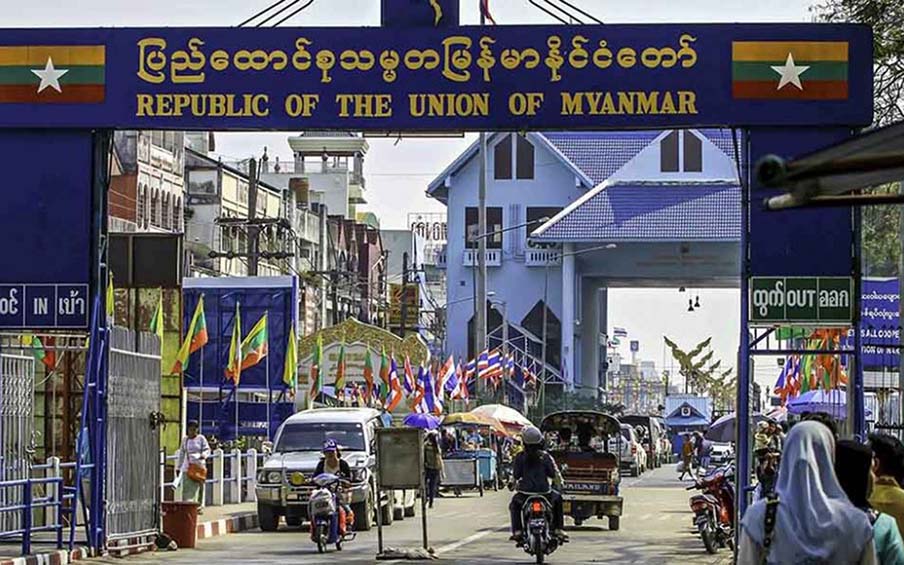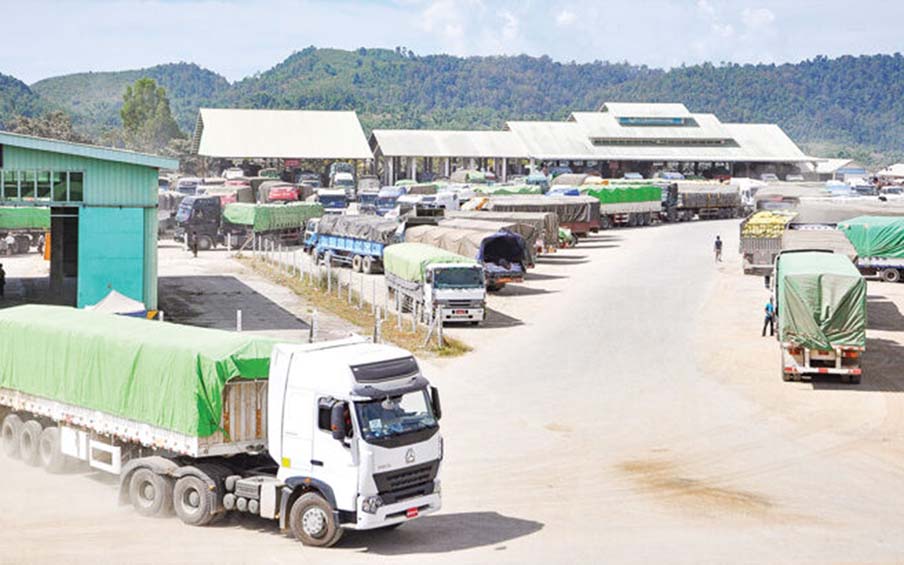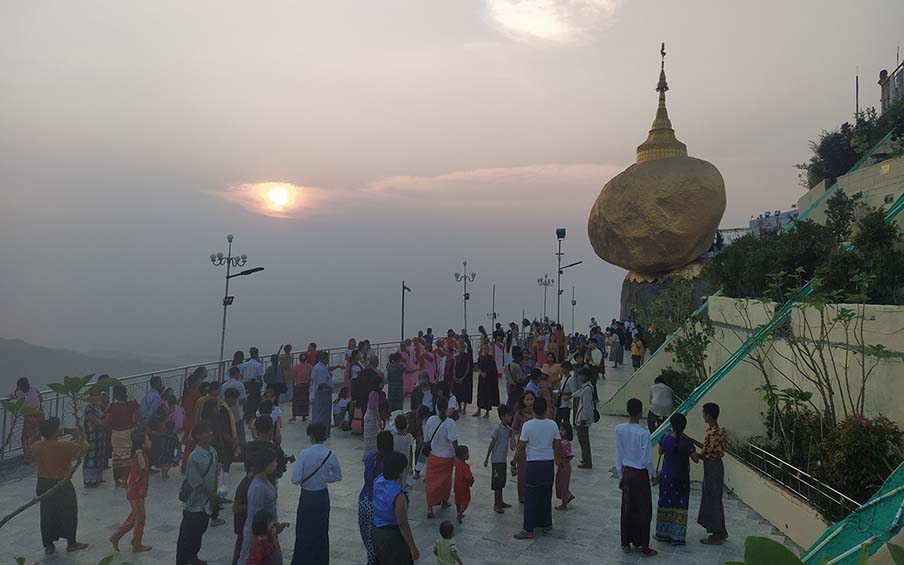Myanmar’s green gram exports in the past five months of the 2022-2023 financial year accumulated approximately 300,000 tonnes, which is recorded as the highest volume out of 700,000 tonnes of various pulses exports.
Myanmar shipped 210,000 tonnes of green grams to external markets in the past five months by sea while about 93,000 tonnes of green grams were shipped to neighbouring countries via cross-border trade, according to the official statistics released by the Ministry of Commerce.
On 12 September 2022, the prices of various pulses stood at over K 2,030,000 per tonne of black gram (Fair Average Quality/RC), K2,340,000 per tonne of black gram (Special Quality/RC) and K2,095,000 per tonne of pigeon pea (red gram) RC in Yangon markets.
The green gram prices move in the range of K2,665 and K3,500 per viss (a viss equals 1.6 kilogrammes) depending on the varieties, according to the daily price data. The price of green gram from the central Myanmar region stood at K1.8 million per tonne. The FOB prices of pulses are $790-810 per tonne of black grams (FAQ), $810-830 per tonne of pigeon pea (red gram) and $730-750 per tonne of newly harvested green grams from the central Myanmar region respectively.
This month, India, the main buyer of Myanmar green gram, suspended purchase. Moreover, Chinese demand for green gram also declined. Consequently, the price of green gram is priced at K1.8 million per tonne only when the prices of black gram and pigeon pea peaked at over K2 million. The price of green gram was estimated at K145,000-160,000 per three-basket bag (56.25 visses) in Mandalay market on 12 September, according to Mandalay commodity market’s data.
There were 9.63 million acres of various pulses plantations across Myanmar in the 2020-2021 Financial Year, with an estimated production of 24.16 million baskets. Also, 1.75 million tonnes of pulses valued at $1.324 billion were shipped to foreign markets then.
Rice is the staple food of Myanmar. Pules are grown for domestic consumption and exports. Other beans including kidney bean, red Phaseolus, blue Phaseolus, black gram, pigeon pea, green gram, black-eyed beans and butter bean are primarily cultivated for the potential export market.
Green gram is commonly found in lower Myanmar regions, especially in Kayan and Thongwa areas after monsoon paddy is harvested. It constitutes the second-largest plantation in Myanmar. Green gram is cultivated as a monsoon crop with the use of irrigation networks in the tropical central Myanmar area. Green gram is utilized in making bean sprouts and rice vermicelli in domestic markets. It is also used in bean soup, the Global New Light of Myanmar quoted Ko Kyaw Myint, a green gram seller from the Bayintnaung Wholesale Market, as saying.
As per official data of 2016-2017FY, the monsoon and winter green gram acreage totalled three million, with an estimated yield of 48 million baskets (1.59 million tonnes).
Green gram is does not rely solely on India’s market, like black gram and pigeon pea. It has penetrated world countries to a certain extent, according to the Yangon bean market. – TWA/GNLM















